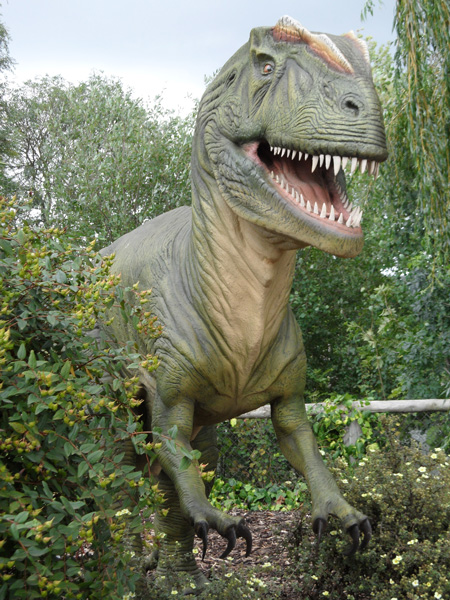Study Suggests that Cretaceous Birds had a Modern Digestive System
Birds that flew over the heads of dinosaurs, may have had a seed-eating organ very similar to that found in modern extant species such as the humble pigeon. Scientists have published a paper detailing evidence that ancient Avians may have had a very sophisticated digestive system, almost identical to those of seed-eating birds around today.
Cretaceous Birds
According to a study published this week in the scientific journal “Proceedings of the National Academy of Sciences”, some ancient bird fossils appear to have had what is effectively a crop. In a bird’s digestive system, that of a pigeon or a budgerigar for example, the crop is an expanded, muscular pouch near the gullet. Part of the digestive tract it is essentially an enlarged part of the oesophagus. It is used to store food for a short time and whilst in the crop, seeds can be softened by mucus which makes them easier to grind in the gizzard before being passed onto the true stomach.
Dr Zhonghe Zhou, of the Institute of Vertebrate Palaeontology and Palaeoanthropology, Chinese Academy of Sciences, (IVPP) and colleagues examined hundreds of Early Cretaceous fossils from China and found evidence for the presence of a crop in a number of specimens.
The ancient crops were identified as a roughly spherical mass of seeds outside the ribcage, in about the same anatomical location as in modern birds. The researchers identified crops in two out of nearly one hundred Sapeornis chaoyangensis specimens and in one out of more than two dozen Hongshanornis longicresta specimens, and suggest the crop’s apparent rarity may reflect the difficulty of preserving the organ. Soft tissue such as a crop would not be readily preserved during the fossilisation process.
Muscular Gizard
The authors also identified a muscular gizzard in Hongshanornis, giving it essentially a modern avian digestive system. Sapeornis and Hongshanornis are two evolutionarily distant lineages, indicating that their crops evolved independently as a specialised seed-eating adaptation, the authors conclude. Both species also had largely reduced or completely lost teeth, indicating that seed eating may have factored into the reduction of teeth in birds. Although, since both these creatures were capable flyers, the loss of teeth may have been an evolutionary adaptation to lose weight to permit a lighter body-weight, thus making flight easier.
An Artists Reconstruction of the Cretaceous Bird – Sapeornis (S. chaoyangensis)

Picture credit: Lida Xing and Yi Liu
Fossils showing a crop full of seeds, indicates that early birds had a crop and digestive system similar to those of modern birds that can be found in your garden or at the park. The propensity for seed eating, seen in these Chinese fossils shows how quickly animals began to adapt to the new food source available with the evolution and expansion of the flowering plants – Angiosperms.
A Model of a Cretaceous Bird

“A bird in the hand”, the Confuciusornis model from PNSO. A model of a Cretaceous bird. Picture credit: Everything Dinosaur.
Picture credit: Everything Dinosaur
The image (above) shows a model of the Early Cretaceous bird Confuciusornis by PNSO.
To view the PNSO range of prehistoric animals: PNSO Prehistoric Animal Figures.
The authors concluded that seed-eating was an important factor in early avian evolution, however, the presence of a crop and its ability to store food may also have had an fundamental impact on the success of the bird family. If these ancient birds could store food in their crops they would have been able to gather seed efficiently for their young. Being able to feed their babies very efficiently would have improved the survival rate of broods and as a result this may have helped bird populations increase. Perhaps helping them to edge out the pterosaurs.
To read Everything Dinosaur’s blog post explaining “Terror Birds”: What are “Terror Birds”?
Everything Dinosaur acknowledges the assistance of a press release from the Chinese Academy of Sciences in the compilation of this article (06/09/2011).




